RZFeedEfficiency: Maximise feed utilisation - reduce costs
Responsible use of scarce resources is also a key component of climate and environmental protection in agriculture. Dairy cows consume more than 20 kg of dry matter silage or grass per day. Even though ruminants eat and utilise a large proportion of plant parts inedible to humans, making the most efficient use of feed can help conserve resources and reduce costs. How well a cow can utilise the feed she consumes and convert it into usable energy also depends on her genetic disposition.
The new RZFeedEfficiency therefore makes an important contribution to conserving resources.
How is the new breeding value calculated?
The new RZFeedEfficiency describes how much less or more feed (kg dry matter) a cow consumes for her production compared to what is expected. Productive performance is not only the milk yield as ECM (energy corrected milk), but also the carcass gain which ultimately generates income when the cow is slaughtered. RZFeedEfficiency is averaged over 3 lactations and therefore represents the productive life of the cow.
Expected feed intake is calculated using estimated breeding values for Dry Matter Intake (DMI), Energy Corrected Milk (ECM) and Body Weight Change (BWC). An energetic evaluation of an animal's performance (ECM, BWC) is performed to convert it into feed equivalents or kg dry matter (DM). This is done using key figures from feeding guides and our own calculations. An energy content of 7.0 MJ NEL per kg DM of a TMR was assumed for high yielding Holstein cows. This means that an animal requires 0.4 kg DM to produce 1 kg ECM or 4.5 kg DM to produce 1 kg of body gain. This conversion can then be used to determine the amount of feed saved or overfed for the observed performance of an animal.
Christin Schmidtmann (vit)
What is the heritability of RZFeedEfficiency
The heritability for the trait feed efficiency is moderate to high because the three traits involved, DMI, ECM and body weight, are comparatively highly heritable. Although the RZFeedEfficiency is based on a limited database of 15,000 cows, it still achieves a genomic breeding value reliability of 40%.
In addition to breeding value reliability, genetic variability is particularly important for effective breeding. For feed efficiency this is 247 kg DMI per lactation, i.e. one genetic standard deviation corresponds to about 3.5% of the total feed intake.
Christin Schmidtmann (vit)
How do other traits evolve when selecting for good feed efficiency?
The trait feed efficiency is largely independent of other traits, including RZG and RZ€. As a result, there has been no positive development in this trait in recent years. This means that breeding for higher milk yield has led to a corresponding increase in feed intake.
There is, however, a clear correlation with the body traits and therefore the weight of the animals. Due to the slight to moderate negative correlation, slightly smaller and therefore lighter cows are more efficient than large and heavy cows.
Will RZFeedEfficiency also be integrated into RZG and RZ€
Analyses of vit show that when selecting bulls according to RZFeedEfficiency (within the top 250 bulls according to RZG), there is an average of more than 23 breeding value points between the top 10% of bulls and the bottom 10% of bulls. Expressed in kilograms, this is a difference of 1,793 kg of feed saved over three lactations. The high economic importance of this trait requires its integration into the total breeding values RZG and RZ€ in the medium term. First of all, however, some experience will be gained with the new breeding value.
You can read more about this in the BRS and vit information in the magazines of the German breeding organisations or on the vit website.

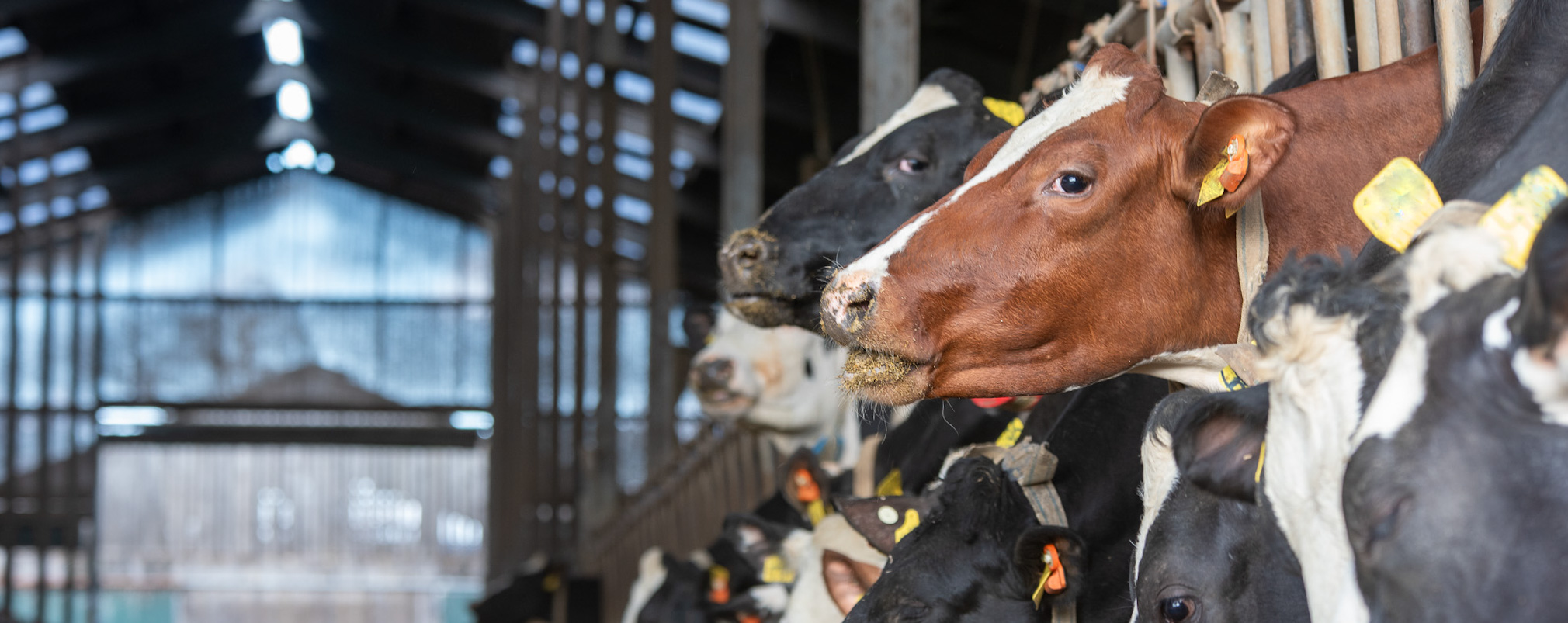
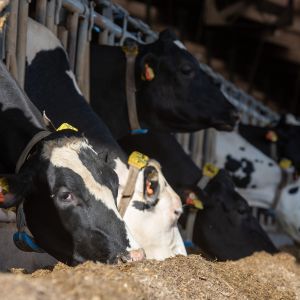
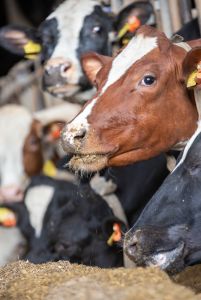










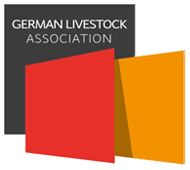 German Livestock Association
German Livestock Association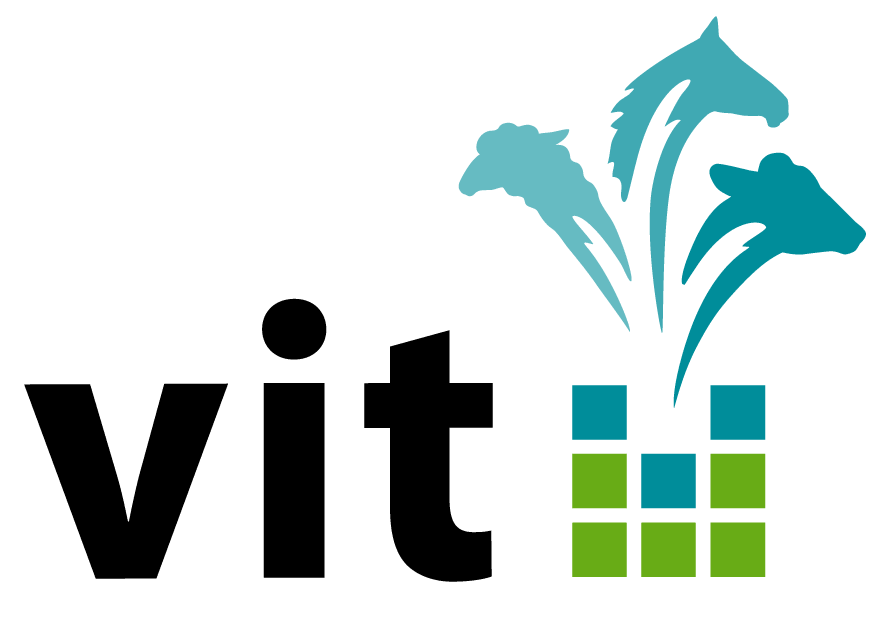 Vereinigte Informationssysteme Tierhaltung w.V.
Vereinigte Informationssysteme Tierhaltung w.V.